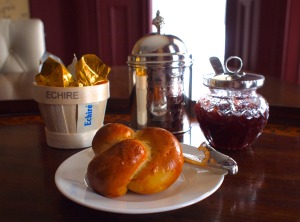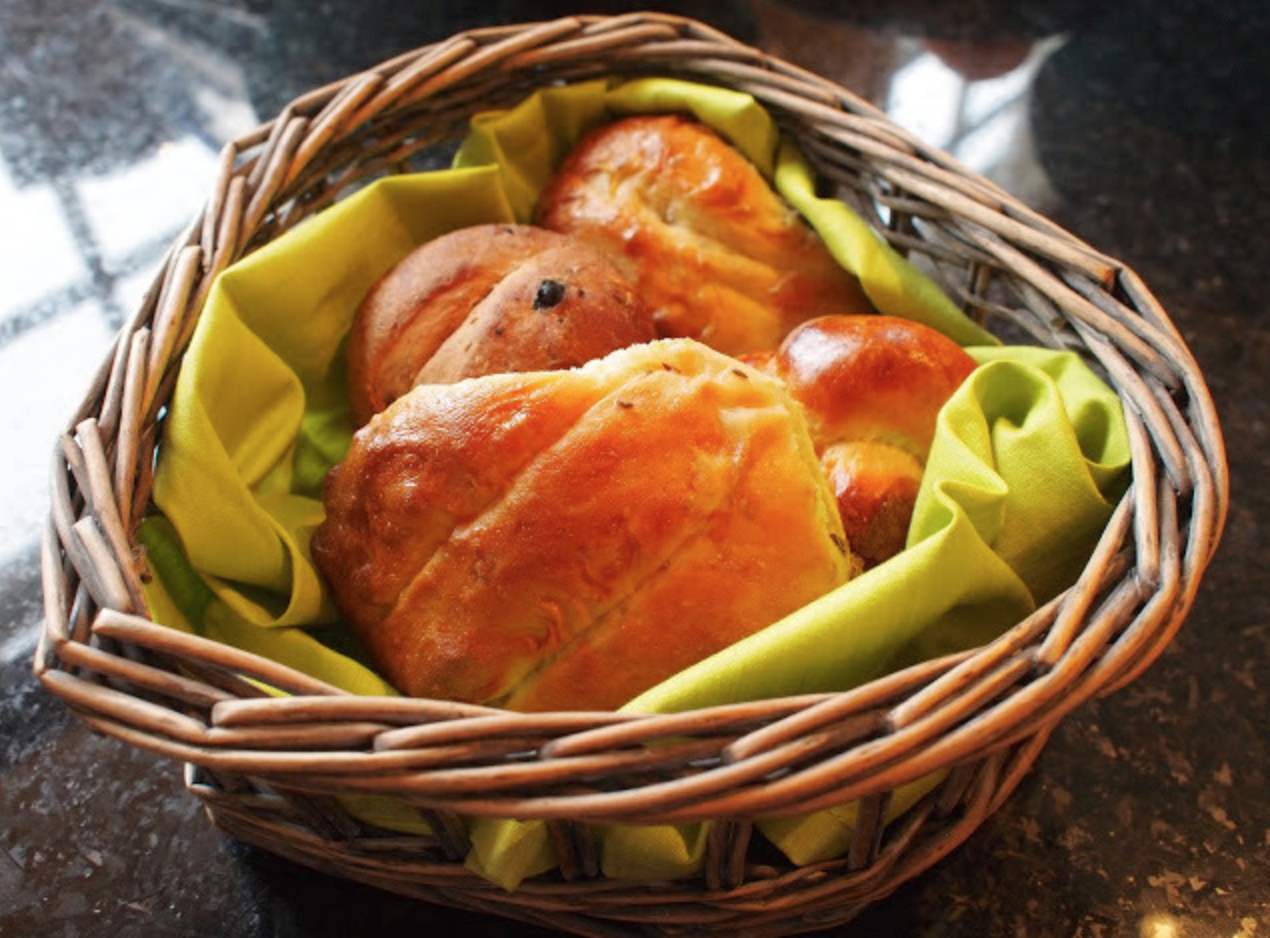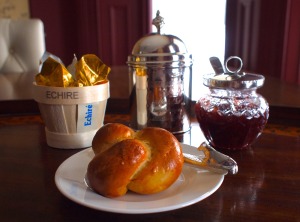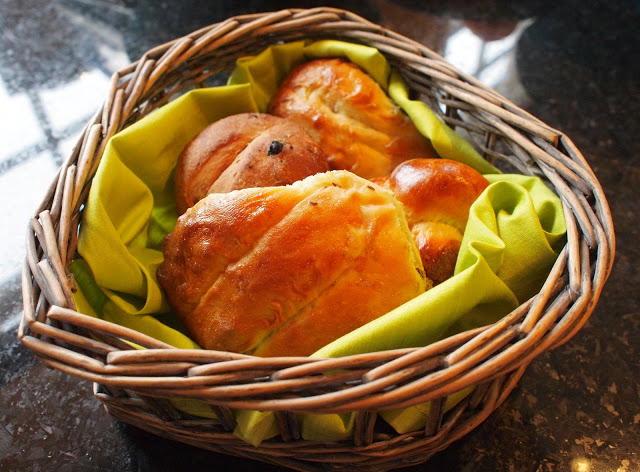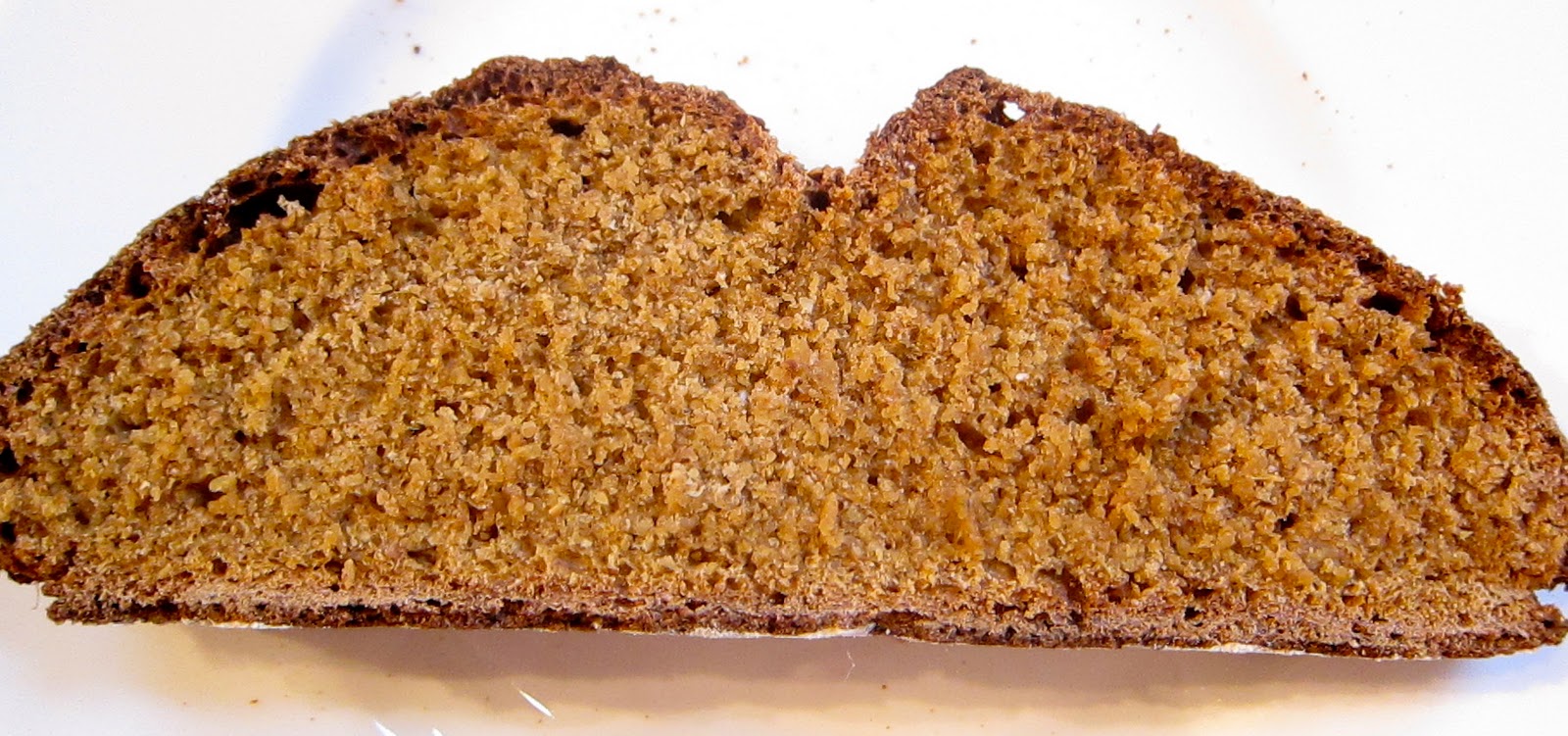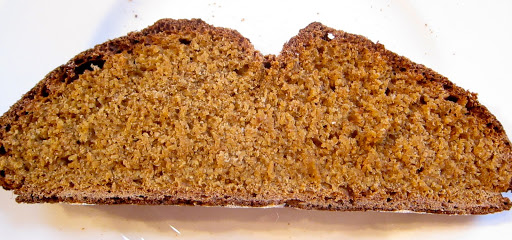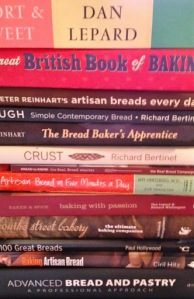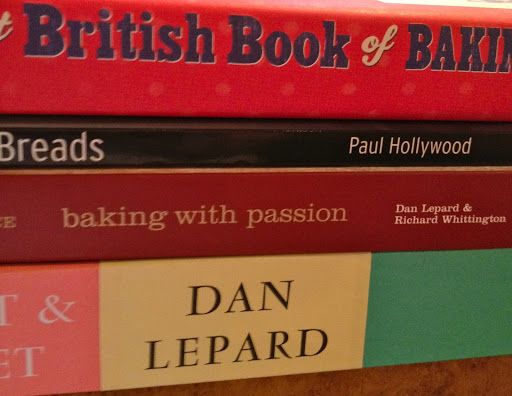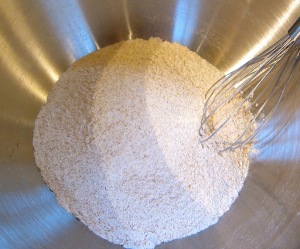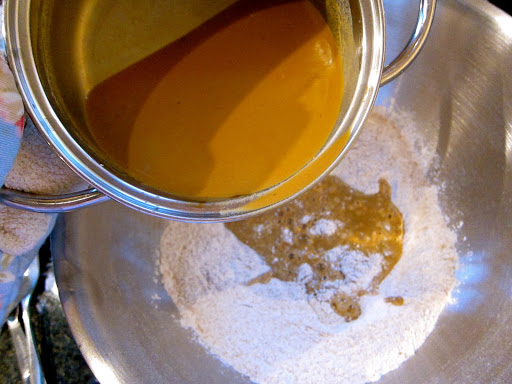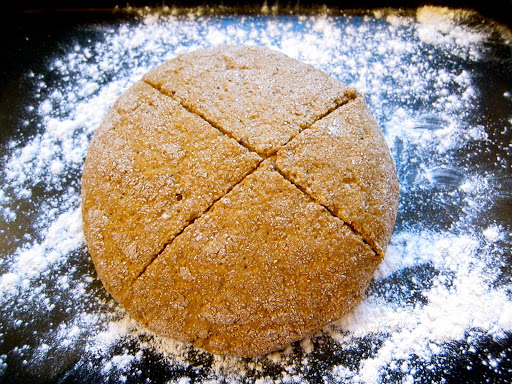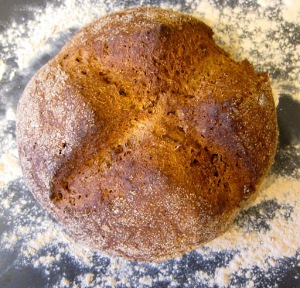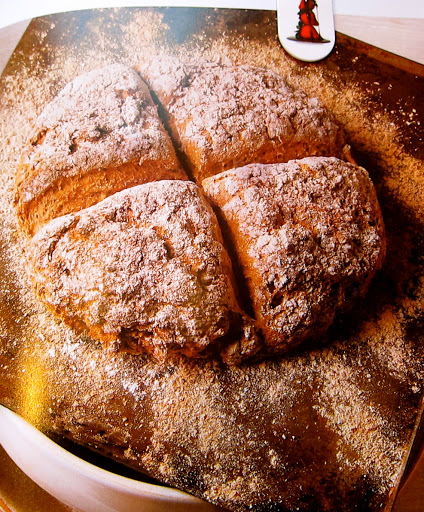 Amongst other things, one of my very dear friends gave me a doughnut pan for my birthday (because that’s what dear friends do, when you’re an obsessive baker)! The books have been read, the pictures poured over, but the unused pan has remained in my kitchen drawer – silent – mysterious – resolute. “Try me”, it cries, when I open the drawer, “let’s make doughnuts”…
Amongst other things, one of my very dear friends gave me a doughnut pan for my birthday (because that’s what dear friends do, when you’re an obsessive baker)! The books have been read, the pictures poured over, but the unused pan has remained in my kitchen drawer – silent – mysterious – resolute. “Try me”, it cries, when I open the drawer, “let’s make doughnuts”… 79ml hand hot milk
7g of instant yeast
225ml of warm milk
2 Tbsp butter
158g sugar
2 eggs
1125g plain flour (I used pasta flour, as it has a lower protein content)
A pinch or two of nutmeg, freshly grated
1 teaspoon fine grain sea salt
Method:
- Place the first quantity of warm milk in the bowl of an electric mixer. Stir in the yeast and set aside for five minutes or so. Be sure your milk isn’t too hot or it will kill the yeast. Stir the butter and sugar into the remaining warm milk and add it to the yeast mixture. With a fork, stir in the eggs, flour, nutmeg, and salt – just until the flour is incorporated. With the dough hook attachment of your mixer beat the dough for a few minutes at medium speed. This is where you are going to need to make adjustments – if your dough is overly sticky, add flour a few tablespoons at a time. Too dry? Add more milk a bit at a time. You want the dough to pull away from the sides of the mixing bowl and eventually become supple and smooth. Turn it out onto a floured counter-top, knead a few times (the dough should be barely sticky), and shape into a ball.
- Transfer the dough to an oiled bowl, cover, put in a warm place. Let it rise for an hour or until the dough has roughly doubled in size.
- The original instructions were for cut doughnuts: Punch down the dough and roll it out 1/2-inch thick on your floured countertop. Most people (like myself) don’t have a doughnut cutter, instead I use a 2-3 inch cookie cutter to stamp out circles. Transfer the circles to a parchment-lined baking sheet and stamp out the smaller inner circles using a smaller cutter. If you cut the inner holes out any earlier, they become distorted when you attempt to move them. Cover with a clean cloth and let rise for another 45 minutes.
- As I was shaping them for the pan, I rolled them into balls and then punctured the centre… Swizzle the doughnut around on your finger to increase the size of the hole. Do not make them too big as they will increase dramatically in size on the second prove – as above, cover with a clean cloth and let rise for another 45 minutes. Now. I glazed mine with beaten egg – but I hadn’t thought it through – egg may give you a golden colour, but it also creates a crust. I think you’d be better off glazing with milk, which will give you a softer crust
- Bake at 190° C until the bottoms are just golden, 8 to 10 minutes – start checking around 8.
- Remove the doughnuts from the oven and let cool for just a minute or two.
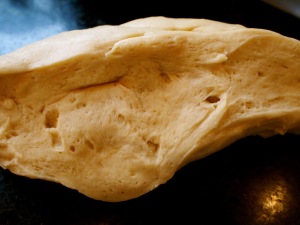 |
| A cross-section of the dough after the first prove |
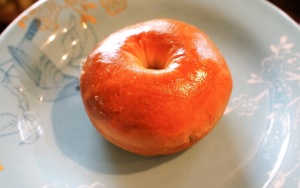 |
| I glazed the doughnut with beaten egg, I’d glaze it with milk next time |
 |
| I dipped mine in cream cheese icing, and then sprinkles. You can dip them in melted chocolate, or melted butter and cinnamon icing |
¾ cup granulated sugar
2 tsp. baking powder
¼ tsp. ground nutmeg
1 tsp. salt
¾ cup buttermilk
2 eggs, lightly beaten
2 tbsp. butter, melted
Method:
- Preheat oven to 425*F. Spray doughnut pan with nonstick cooking spray.
- In a large mixing bowl, sift together cake flour, sugar, baking powder, nutmeg and salt. Add buttermilk, eggs and butter. Beat until just combined. Fill each doughnut cup approx. 2/3 full.
- Bake 7-9 minutes or until the top of the doughnuts spring back when touched.
- Let cool in pan for 4-5 minutes before removing. Finish doughnut with chocolate glaze, cinnamon sugar or confectioners’ sugar. Doughnuts are best served fresh.
- Makes 12 doughnuts
Variations:
1 tbsp. ground cinnamon
2 tbsp. butter, melted
In small bowl, mix sugar and cinnamon together and dip the baked doughnut in melted butter. Roll in cinnamon sugar mixture to coat.
Chocolate Glaze
¼ cup semisweet chocolate chips
1 tbsp. butter
1 tbsp. corn syrup
1 tsp. hot water
Microwave chips, butter and corn syrup on 50% power for 1 minute, stirring frequently until completely melted. Stir in hot water until the glaze is thick smooth. Add more water, a tsp. at a time to thin if glaze is too thick. Immediately glaze doughnuts.
Confectioners Sugar Doughnuts Place 2/3 cup confectioners sugar in plastic bag. Add a doughnut, seal the bag and shake to coat. Repeat with remaining doughnuts.


